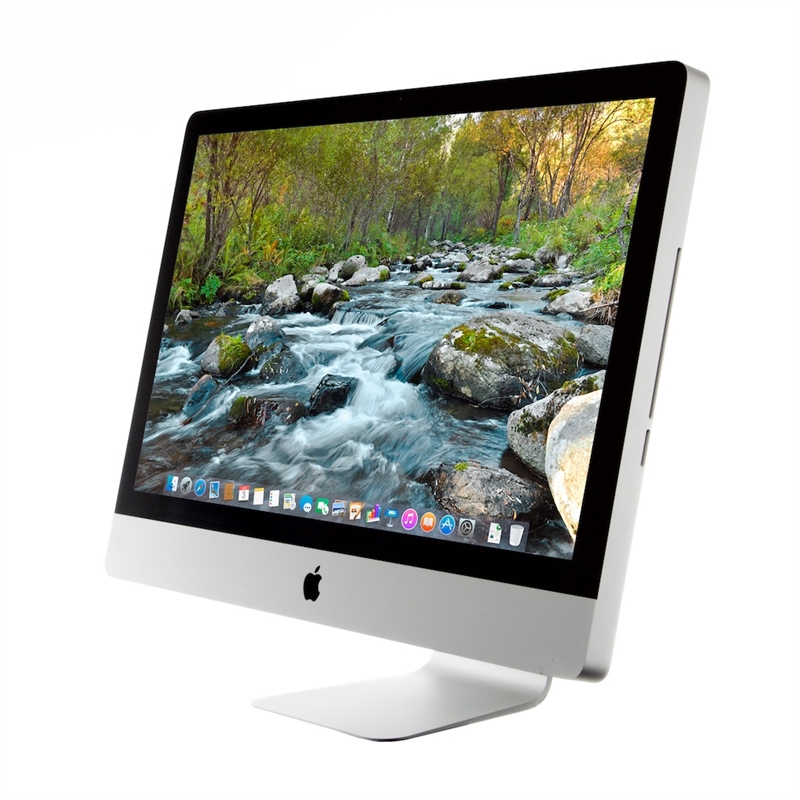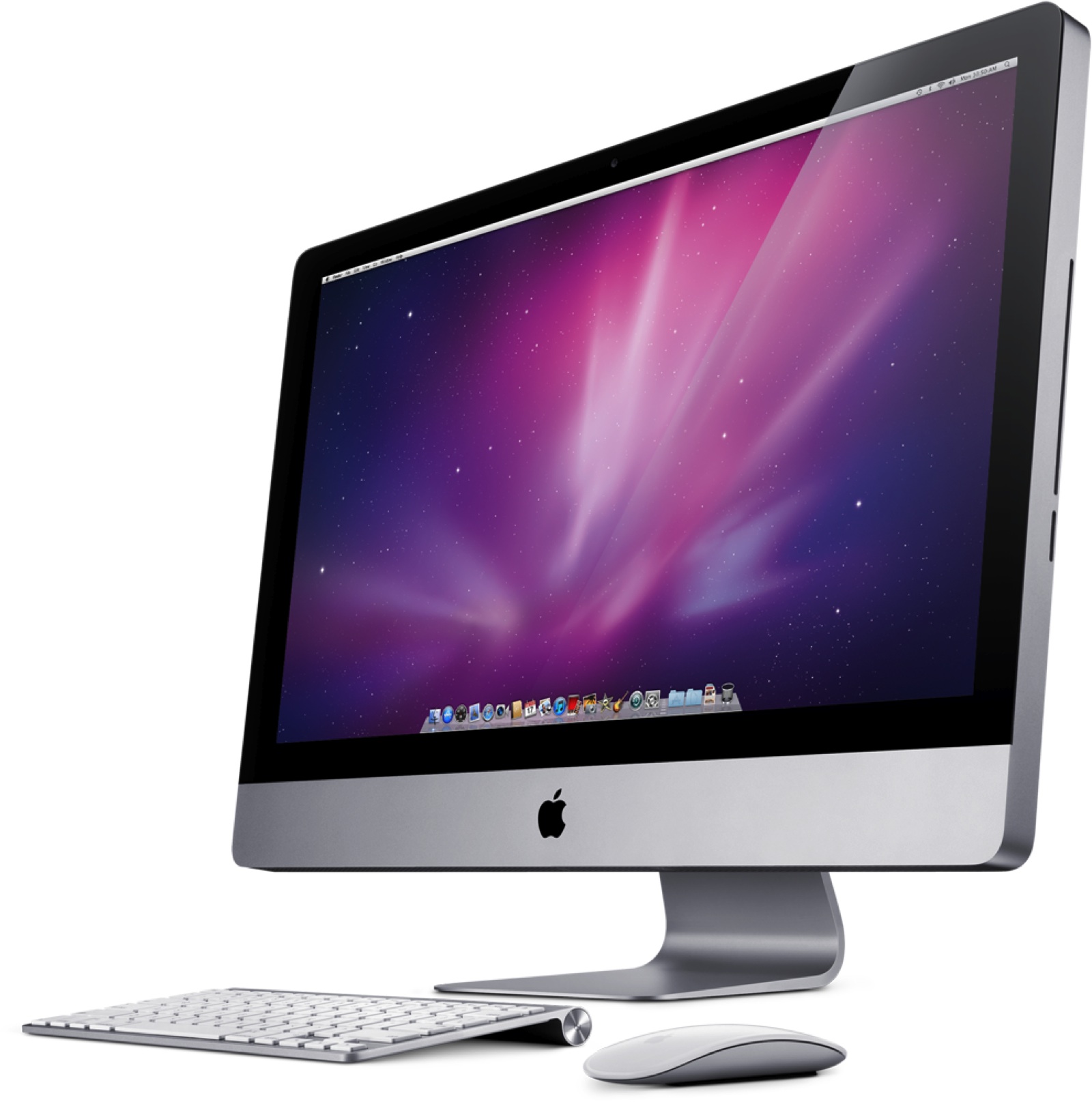In 2009, Apple came up with a major redesign of its iMac. It released it in the fall as an all-in-one computer with a 27-inch display in an aluminum unibody design. Today, Apple fans take the iMac with its current parameters for granted, but at the time of its release, it looked really opulent with its 16-inch display and 9:XNUMX aspect ratio, despite the fact that Apple had previously come with a XNUMX-inch Cinema display. The new iMac has become proof that giant displays don't have to be reserved for professionals. With its LED backlighting, it has also become very popular with movie fans, for example.
However, the iMac was a revolutionary machine not only in terms of size parameters - it also received improvements in terms of graphics, Apple also made a significant step forward in terms of RAM and processor.
Unibody revolution
In terms of production, the most significant change in the new iMac took place in the form of a transition to a unibody design. The unibody design allowed Apple to make products out of a single piece of aluminum, revolutionizing the manufacturing process—suddenly removing material instead of adding it. The unibody design made its debut in 2008 with the MacBook Air and then expanded to other Apple products, such as the iPhone, iPad, and finally the iMac.
design, design, design
The Magic Mouse that accompanied the iMac also featured a minimalist, sleek design with no moving parts or extra buttons. Apple used similar technology to it, as in the iPhone or the MacBook trackpad. The classic scroll wheel was replaced by a multitouch surface with gesture support - it was the mouse Steve Jobs always wanted. Over the years, iMacs haven't changed much—displays have gotten natural improvements, computers have gotten thinner, and there's also been the inevitable processor upgrade—but in terms of design, Apple seems to have figured out what's worth keeping already in 2009. Are you an iMac owner? How satisfied are you with it?



iMac 27 Mid 2010, still cool. Just expanded RAM over the years. A really cool machine.
iMac 27″ Mid 2011 – upgraded with 400GB SSD and no reason to change it…yeah, great machine..
iMac 27″ Mid 2011 – upgraded with 400GB SSD and no reason to change it…yeah, great machine..
I still drive the first 27″ 2009 :) Core i7 2,8, 32 GB RAM. I upgraded the graphics card about 3-4 years ago to a Radeon 6970 2 GB, I replaced the DVD rom with a 500 GB SSD and the original 1 TB hdd with a 2 TB hdd. Well, it still drives beautifully... An incredible machine. I'm thinking of trying to last 10 years and then upgrade. Otherwise, I have a Macbook Pro 2017 with a touch bar as a backup :)